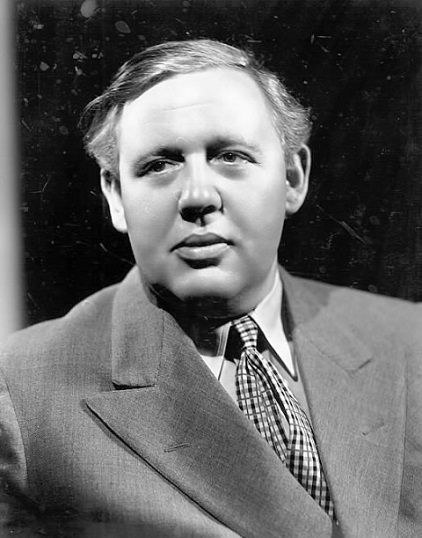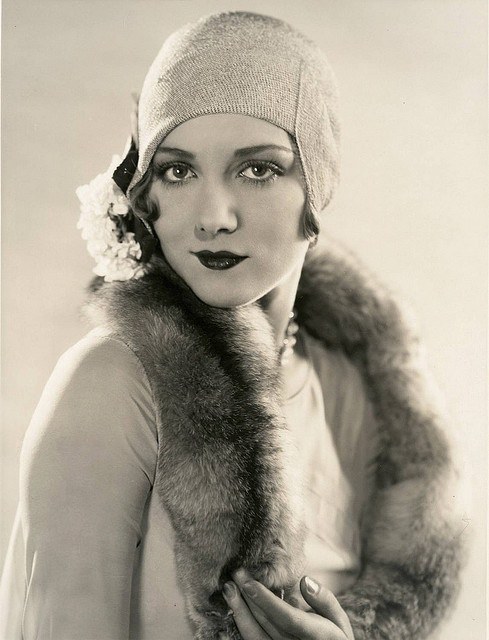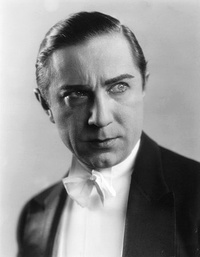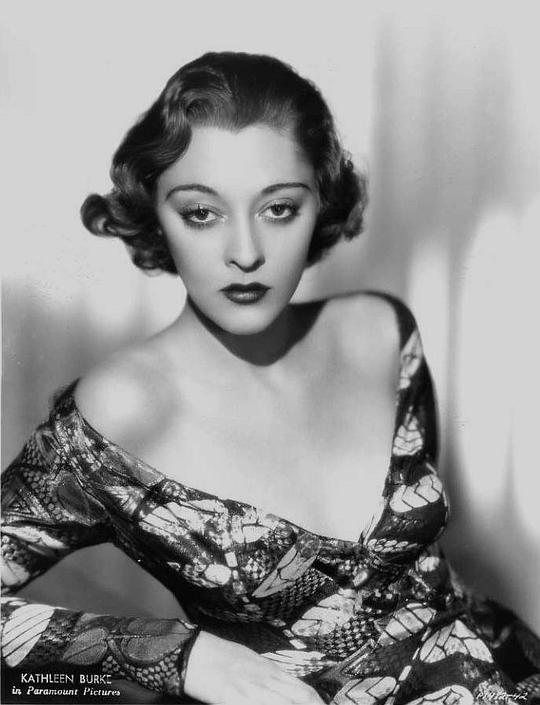亡魂岛 Island of Lost Souls(1932)
简介:
- 本片改编自威尔斯的小说。讲述一位科学家在岛上进行人兽杂交的实验,试图制造出伟大的超人。然而屡次地失败却产生了可怕的后果:大量的畸形人。他们受到奴役和虐待。一次海难使一批英国人登上了这个小岛,科学家试图用一个豹女和一位客人交配。最后,那些畸形人造反并推翻了这个邪恶的科学家。
演员:
影评:
- 艺术,故事,寓意都相当成功的影史收藏宝物
亡魂岛 Island of Lost Souls (1932)
疯狂科学家的恐怖实验,导致变形怪物的灾难。这种经典的恐怖片模式在30年代好莱坞已经开始成型了。而其中虽然最有名的是弗兰肯斯坦,但是这部亡魂岛在我来看是一部从多种层面上都非常完美独到,很有观赏价值的影片。
故事改编自1896年小说,说男主坐船路程中误入了Dr.Moreau教授的孤岛,教授一开始对这位陌生人非常友好,可男主渐渐发现这位孤僻疯狂的科学家好像在做一些恐怖的实验。神秘房间听到的凄惨叫喊,深夜岛上怪人们的集会,教授的可疑的助手,以及出现在男主面前诱惑的美丽女子却有着诡异的天性。
随着渐渐的深入,男主得知原来这座岛上的怪物都是Moreau教授的人体实验的牺牲品。由于研究危险的基因转变和物种交配,Moreau教授被驱逐出英国,仍然一意孤行的他继续在岛上作着他的实验,一心想要把动物进化成人的他把失败品和怪物们当做自己的奴役,并定制了规条让怪物们完全服从于自己,制造怪物的目的是因为这让他觉得自己像是能够主掌万物的神。而他最成功的作品,豹女,是他最大的骄傲,为了得到完美结果,他不惜用豹女去引诱毫不知情的男主,只为实验豹女有没有完整的人类感情,会不会爱。而男主的人身安全也开始岌岌可危。
我一向认为,一部超凡的电影是可以在一个剧情的过程里包含了不同的寓意的电影。或者说,这就是意识形态的成功塑造,在一个故事里,用不同的方式去看,就会得电影里所表达的不同却又相同的东西。
这是一部从二元对立去看很多问题的片子,黑白画面下的文明与原始的对比,人工的科学与自然的进化,等级制度下的君主和奴隶,男人和女人的感情对比。我们是否自以为文明而违背了原始的天性?我们的科学是否只是自私的道具?我们的文明创造出了双重标准的等级制度,不平等的世界。
在看这部片子的时候,这些问题一直不停的呈现在观众面前。教授为了控制怪物而定下的教条,最后因为自己没有遵守,犯下了暴力,而被怪物们欢呼:there is no law! 于是教授自食其果,被从教条中释放的怪物吞噬了。而讽刺的是,有了认知到不应该盲从,开始有自己的思维的怪物们与看似兽性的行动相反,其实反而更接近人类一步了。这经典的一刻到现在来看依旧非常的发人深省。在其看似简单的科幻恐怖设定下,其实展现的是古今恒定存在问题的解答思索。同样,懂得了爱情的豹女流下了眼泪身体却渐渐的退化,而被勾起了原始天性的男主却尝试说服自己是道德的,这是否也是本末倒置呢?
人类到底是什么?我们与动物的区分在哪里?这是这部电影的真诚的问题,但是表达的方式却充满了娱乐性故事性。剧情的发展环环相扣,实验室的恐怖场景,豹女的魅惑,Bela Lugosi的开始得到知性的怪人,都是非常到位踏实的元素。这是一部在享受的过程中也能够思考的经典名作。 
A double-bill of pre-code horror adaptations of H.G. Wells’ novels, both have a mad scientist going to extremes in their purported scientific experiments, in Erle C. Kenton’s ISLANDS OF LOST SOULS, Dr. Moreau (Laughton) is secluded on an off-the-map South Pacific island, carrying out beast-human chimera horrors (to what purpose? we are not 100 percent sure), whereas in James Whale’s THE INVISIBLE MAN, Dr. Jack Griffin (Rains) inflicts on himself the burden of invisibility (the film is set in a wintry Sussex, running stark naked is certainly not a pleasurable activity), and tries to conquer the world with “reign of terrors”? Yes, he is irrefragably mad.
Two mad men, one unwisely invites an outsider into his inner sanctum, which inevitably will bring doom to his unethical creations, Dr. Moreau’s monomania is to posit himself on the pedestal as a “God”, founding his own Creationism, by tampering with the natural process of evolution; another, driven by his infeasible and camp ambition, is a forlorn hope by acting as a lone wolf, against the mass’ collective endeavor to cop him at any cost, Dr. Griffin’s undoings are his poisoned cravings for power and cruelty (at one point, Rains’ gestures even imitate Mussolini’s), Both films faithfully convey Wells’ alertness and condemnation of “übermensch”, and if their plots are conventional to a fault, those two oldies are robust for their atmospheric constructions.
In ISLANDS…,, although the fog-wreathed island makes for a striking presence, it is the ghastly-looking maquillages and prosthetics applied to those “strange-looking natives” elicit our primordial abhorrence (with Bela Lugosi hidden underneath a hirsute mask), or in the case of the panther woman Lota (a doe-eyed Burke, exploited for her exotic looks), our fixation and some befuddlement (one may gripe that the animality of the mutated herd is underrepresented here). However, Kenton’s overall execution is more perfunctory than satisfactory, leaving much of the contentious arguments to be desired.
Whale’s THE INVISIBLE MAN, contrarily, ages much better, foremost, owing to its cutting-edge, deceptive matte effect to reify the alchemical transmutation of Dr. Griffin’s bandages-unfurling invisibility, and the end result is still stunning to behold. While ISLANDS… cannot blot out the unsavory whiff of white man’s burden and slavery (a loyal servant is played by the oriental Tetsu Komai, naturally with canine genes), THE INVISIBLE MAN has more thrills and spills for viewers to bask in, be it when Griffin makes the fur fly in the village where he unwisely chooses to lie low, with a scene-stealing Una O’Connor squealing and quibbling like nobody’s business, or his sinister turn with Dr. Arthur Kemp (Harrigan, perfectly cast as a craven ordinary Joe), whose demise adds a layer of wantonness onto the mania-at-large, whereas Gloria Stewart, who plays Griffin’s fiancée, is considerately kept out of harm’s way.
It is no wonder that two eloquent British thespians are headlining the two pictures, a young, whip-thrashing Laughton is both crafty and incredibly naive as Dr. Moreau, but never boring, even Dr. Moreau’s actions are nigh on irrationally; Rains, in his very first American picture, whose face is entirely (save for the final scene) swathed in bandages, still cows (almost) everyone into submission with his threatening locution alone (for sure, his short stature can of little avail in this case), a pitiful villain only rues the day in his last gasp.
referential entries: Merian C. Cooper and Ernest B. Schoedsack’s KING KONG (1933, 7.8/10); Whale’s THE OLD DARK HOUSE (1932, 6,7/10); Leigh Whannell’s THE INVISIBLE MAN (2020, 6.9/10).







